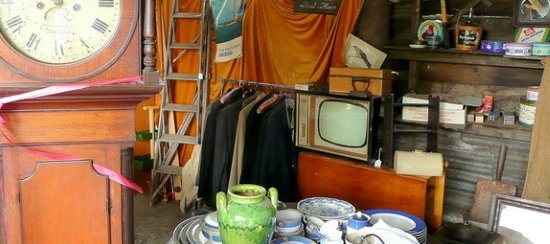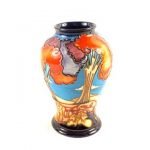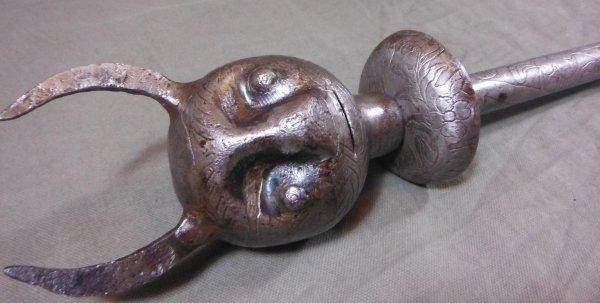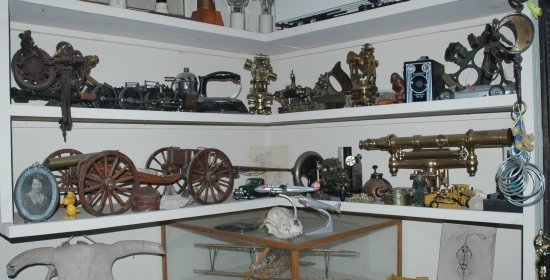Years ago I walked into Hatchard’s in London, to purchase another copy of the book “British Biscuit Tins”. A simple task if I had asked for it by that name but never to be one to make life easy for myself I proceeded to inquire for…yes, you guessed it, “English Cookie Tins”! That is what is in a name or word! The difference is being able to locate the item you are looking for.
Recently an almost complete sample book from the Peek, Frean & Co. Ltd. factory surfaced at auction. It was one of the most impressive and interesting archives of one company’s production for a period of time (mid thirties). What incredible documentation of a segment of a company’s history. Viewed in its semi-entirety, it is also a view of the graphics, design and style of an era. Taken apart, this type of ephemera could quite likely sell individually for considerably more, however, in its entirety it is invaluable.
Labels have been made for many different companies and different types of labels are geared for the type of product they advertised. Tobacco labels encrusted with gold showing beautiful woman and Cuban plantations; Airline luggage labels with images of the airliner (many of which no longer fly under the same name or even exist), or scenes of what were once far off and exotic lands; Ocean Liner baggage labels showing hotels where you could stay if you embarked off the ship; Citrus labels with the growers’ names on them and pictures identifying the grove; the list goes on for any type of label that was produced. Some are colorful and valuable while others are inexpensively printed, artistically of little merit, or both. Boring means low value on today’s market. Great graphics and interesting subject matter make all the difference in the price.
Because labels tend to be very thin they damage easily so it is recommended that they be placed in a hard plastic protector, if at all possible. Condition is very important. The fact that so many of these labels survived and were not placed on the luggage is because they are artistically of merit.
Peek Frean & Co, Ltd., was a major producer of cookies or biscuits, as the British would call them, dating as far back as 1857. But as with all things, it incorporated others and was incorporated into other companies. In 1921, for instance, it formed an association with Huntley Palmers, a major biscuit producer. In 1982 Nabisco gobbled them up. In 1989 Associated Biscuits was their name and had been purchased by Danone, The Jacob’s Bakery, Ltd. The history of the company and its name and owner changes are of relative unimportance compared to the reporting of the social history of the era as depicted on the labels themselves. Kings, princes, pirates, Punch, polo players, and Santa Claus were just a few of the many colorful and interesting labels that were produced.
One expects to see George the VI, but very little with Edward the VIII is to be found unless as Prince of Wales, which he was, and a popular one indeed. The Grand Fleet, flowers, scenes of London or UK, beautiful women, famous people, animals, sports, etc. appeared at one time or another on boxes either in tin or in paper. Often the graphics are extremely Art Deco, with the vibrant color contrasts and hues, which make the artwork of this era so exciting.
One has to give it to the Edwardians and those who followed them, they really went all out to produce items that would not only appeal to adults but to children as well. Play Box had colorful frosted coverings with colorful silhouettes of fairy tales and nursery rhymes. Wafer Charms were shaped like animals and moon faces etc. Charm was shaped like the charms one found as surprises in boxes or party cakes. Saws, anchors, windmills, keys, sailing ships, hot air balloons etc were some of the novel shapes. Zo-ological has many animals in the assortment one wouldn’t truly expect to find in a zoo, such as donkeys, horses, squirrels, and the cat. Mind you, the way our cat rules this office one would assume it was a Zoo!
Teatime and elevenses just would not have been the same without these colorful boxes of interesting looking if (my opinion only) totally boring-to-the-taste buds, tidbits that graced the table.
It was a Victorian habit to soak off pretty labels from bottles and paste them into albums. If those who are into scrap booking today think they invented the hobby they should look at some of the elaborate and artistically composed ones put together from the beginning of Victoria’s reign till the advent of WWI. To show that times do not change, a Victorian or Edwardian lady would be just as inclined to purchase a perfume she didn’t entirely like in order to have the lovely label of flowers or of a famous beauty. Sometimes these were kept in boxes like the Peek Frean boxes which were quite often kept when empty and used to store love letters, handkerchiefs, and other “must keep” items.
Today many men soak off the beer labels from each of the beers, especially microbreweries, which they try. Guess it beats keeping all the bottles.
Wine drinkers tend to keep the corks as well as the labels. Unfortunately, sometimes the labels on these are impossible to remove and by the time you find out they have used some horrid glue, it is too late. Wine drinkers say they “never” buy for just the labels, but mea culpa, I confess I have Vampire and Marilyn Monroe, and Santa, in my wine rack!
Whiskey and whisky labels have on the whole tended to not be colorful and interesting but you can bet that when a single malt aficionado drinks Edredour, the smallest distillery in the world, well, how can they resist?
Medical labels I was once told are only worth keeping if they say opiate etc. or if they came off of a brandy bottle. This I will not comment on except to say one finds precious few of them, but with all things there are exceptions. Look at the Green River Whiskey motif. Now that is socially significant especially if you are interested in horses or Black Americana.
Products of any kind that used or produced labels to advertise their wares are usually artistically of merit and thus highly collectible. What company back then would produce an ugly label? It certainly wouldn’t increase sales. Why is it then that some of the labels today are so boring or just plain ugly?
Witch Hazel labels and products with the Salem, or any witch, are my favorites not because they are superb creations of art, but because they are socially significant to me. Yes, and every now and then I buy a can of Popeye spinach or some other silly product just so I can take off the label. Look around the stores, especially in specialty sections. There just might be a label or two about that might be pertinent to what you collect or have an interest in.






